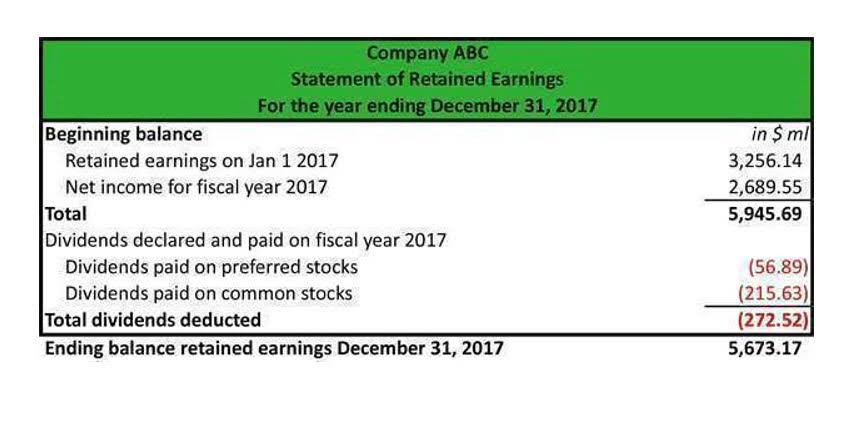
ChatGPT voice chat
12 de agosto de 2024Join Spinni Casino 900 Bonus Exclusive for UK 6,000+ slots Live Casino
28 de agosto de 2024
Financial ratios are calculations made by managers, analysts, investors, and creditors, using data from key financial statements and current assets to compare figures and measure a company’s financial health. This ratio how is sales tax calculated indicates how many times a company can cover its interest obligations with its earnings. A higher TIE ratio suggests a stronger ability to meet interest payments, indicating lower financial risk for creditors and investors. In the complex world of financial analysis, the Times Interest Earned (TIE) Ratio is one of several important metrics used to assess a company’s financial health. Each ratio has its unique perspective on evaluating different aspects of a company’s financial standing, from profitability to liquidity to leverage. Comparing the TIE ratio with other financial ratios offers a holistic view of a company’s ability to manage its debt, its overall financial stability, and its operational efficiency.

TIE Ratio vs. EBITDA Coverage Ratio
- The founders each have “company credit cards” they use to furnish their houses and take vacations.
- A good TIE ratio is subjective and can vary widely depending on the industry, economic conditions, and the specific circumstances of a company.
- The interpretation is that the company is within its debt capacity with a low risk of not paying interest on its debt.
- A higher TIE ratio suggests a lower risk of bankruptcy, making the company a potentially safer investment.
- In contrast, a lower ratio suggests a company may face difficulties covering interest payments, which could signal higher credit risk.
As a general rule of thumb, the higher the times interest earned ratio (TIE), the better off the company is from a credit risk times interest earned ratio standpoint. The TIE ratio reflects the number of times that a company could pay off its interest expense using its operating income. As a rule, companies that generate consistent annual earnings are likely to carry more debt as a percentage of total capitalization.
Implications of TIE on Corporate Finance
- By dividing the EBIT by the interest expenses, we obtain an Interest Coverage Ratio of 4 ($10,000,000 / $2,500,000).
- It speaks of a company’s ability to manage its debt obligations, financial health and creditworthiness and make informed financial decisions.
- Assume, for example, that XYZ Company has $10 million in 4% debt outstanding and $10 million in common stock.
- As a result of this, the company may see a decrease in profitability (and subsequently cash) in the long term.
- Lenders make these decisions on a case-by-case basis, contingent on their standard practices, the size of the loan, and a candidate interview, among other things.
A high times interest earned ratio equation will indicate a good level of earnings that it more than the interest to be repaid. A strong balance sheet is what every investor desires in order to take a positive investment decision about a company. It not only increases the faith and trust of investors but also raises the chance of the business to obtain more credit from lenders since they are sure to get back the money they decide to lend. It helps to calculate the number of times of the earnings made by the business that is required to repay the debts and clear the financial obligation. The Times Interest Earned (TIE) ratio is an essential financial metric in strategic decision-making for investors, creditors, and business management.
Understanding the Times Interest Earned Ratio Formula

The higher the ratio, the better it is from the perspective of lenders or investors. A lower ratio indicates both liquidity concerns for the corporation and, in rare situations, solvency issues for the company. As you can see, creditors would prefer a corporation with a much larger times interest ratio. This is because it demonstrates the company’s ability to pay its interest payments when they are due. There is no correct value for the times interest earned ratio as it depends on the industry in which double declining balance depreciation method the business operates. It is useful to compare the calculated figure with other businesses in your industry.

However, the TIE ratio is an indication of a companys relative freedom from the constraints of debt. Generating enough cash flow to continue to invest in the business is better than merely having enough money to stave off bankruptcy. While a higher calculation is frequently preferable, high times earned interest ratio may also indicate that a company is inefficient or does not prioritize business growth. Deducting depreciation and amortization from the EBIT amount in the numerator is a variant of the times interest earned ratio.
